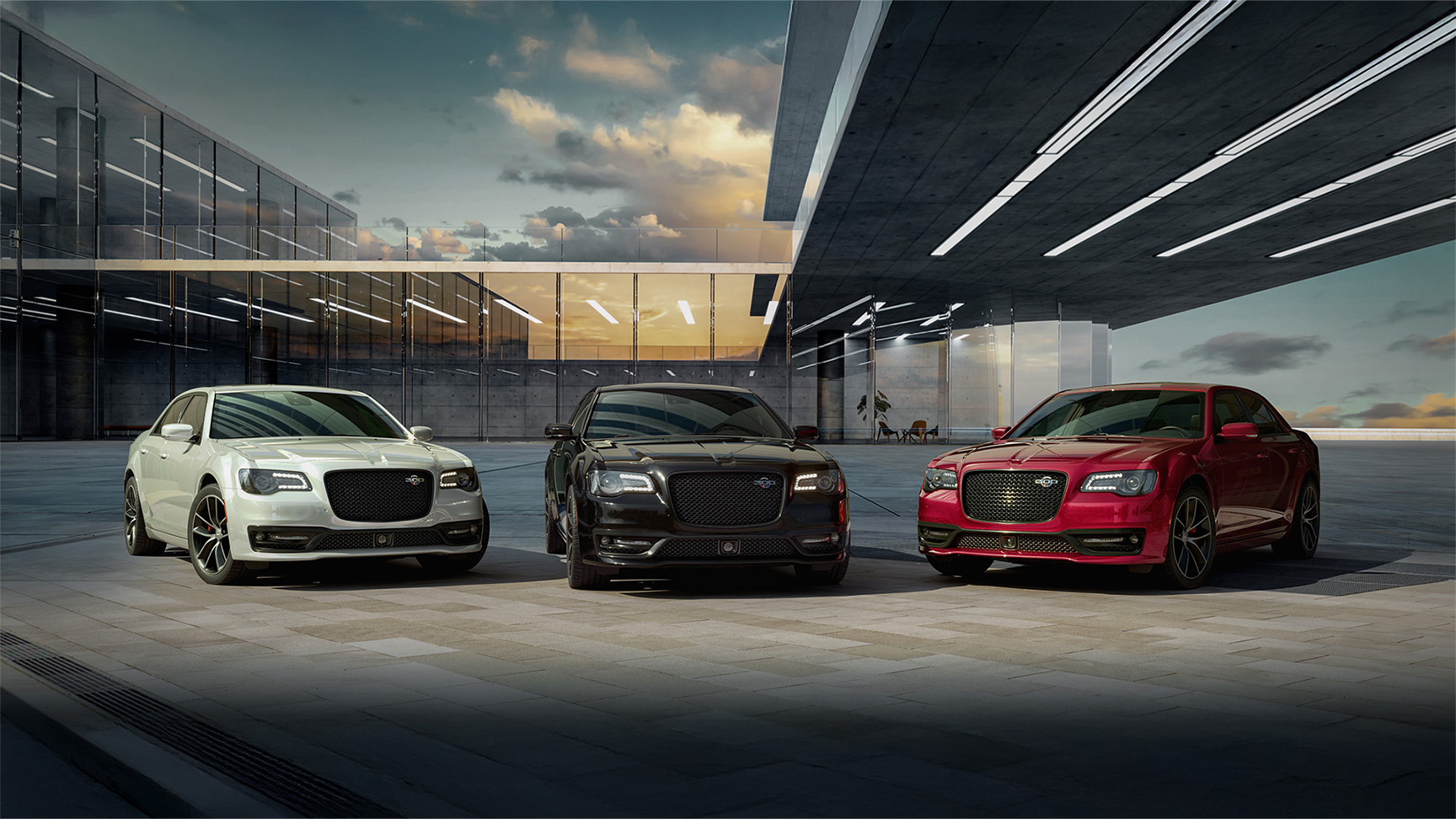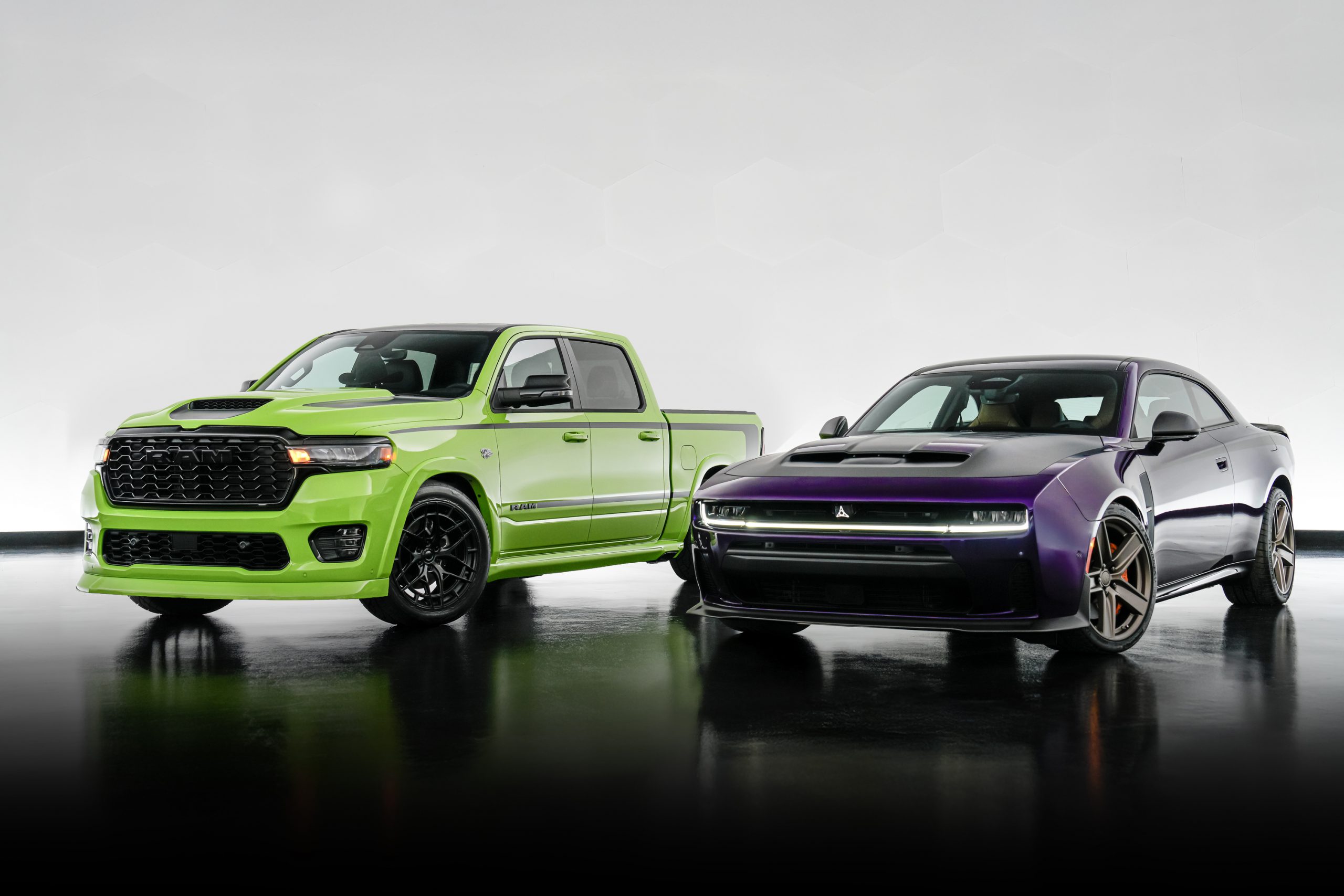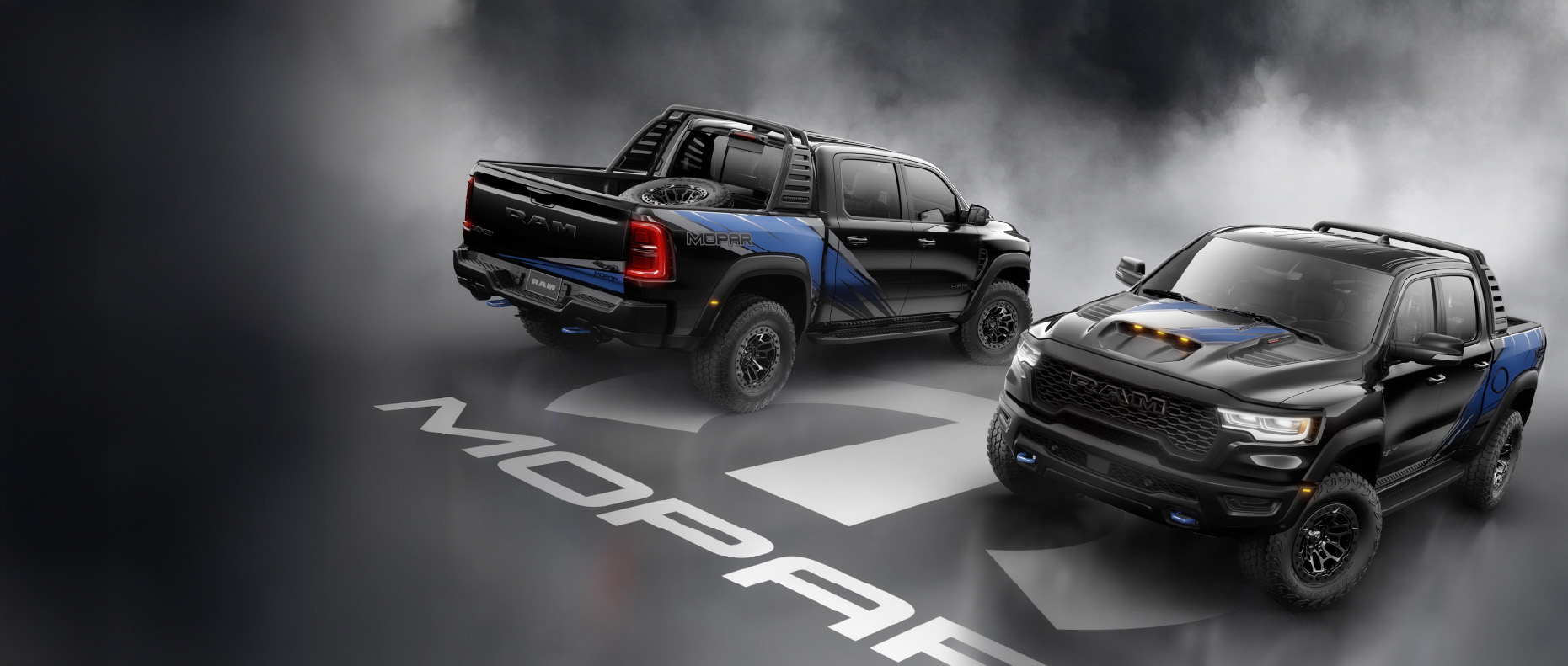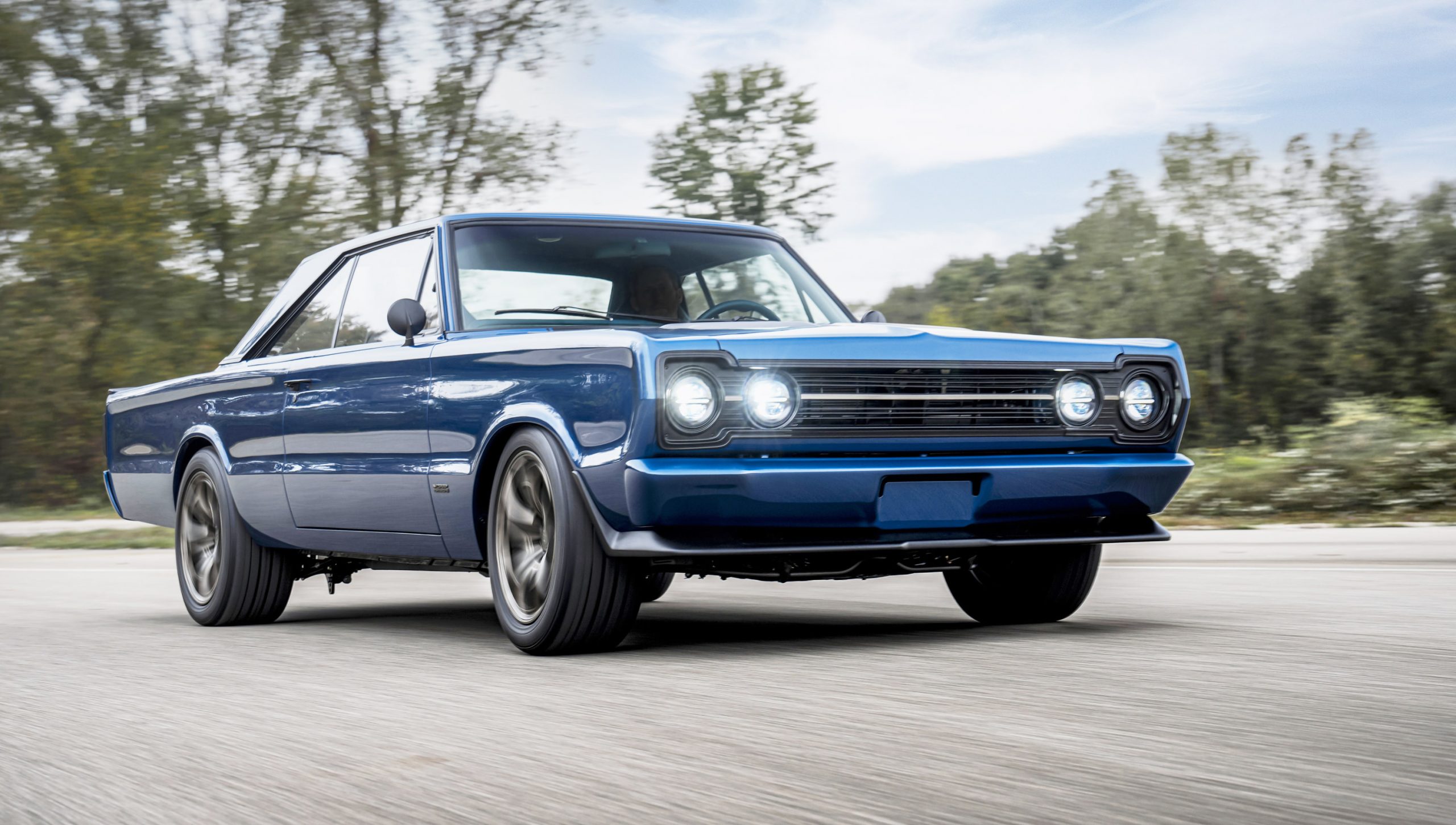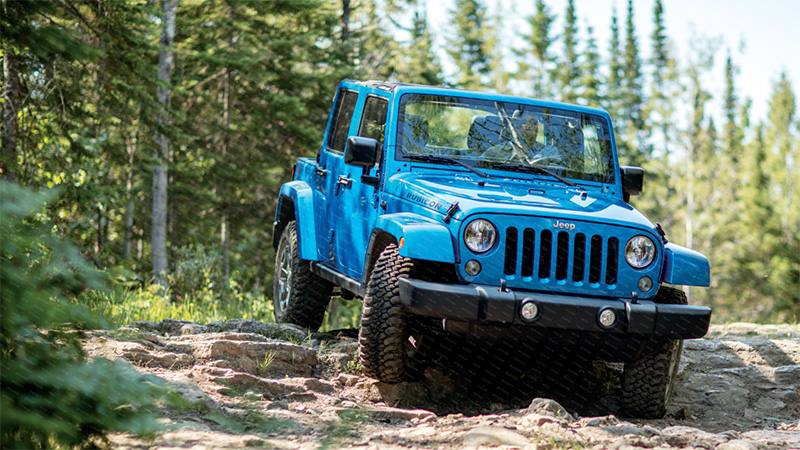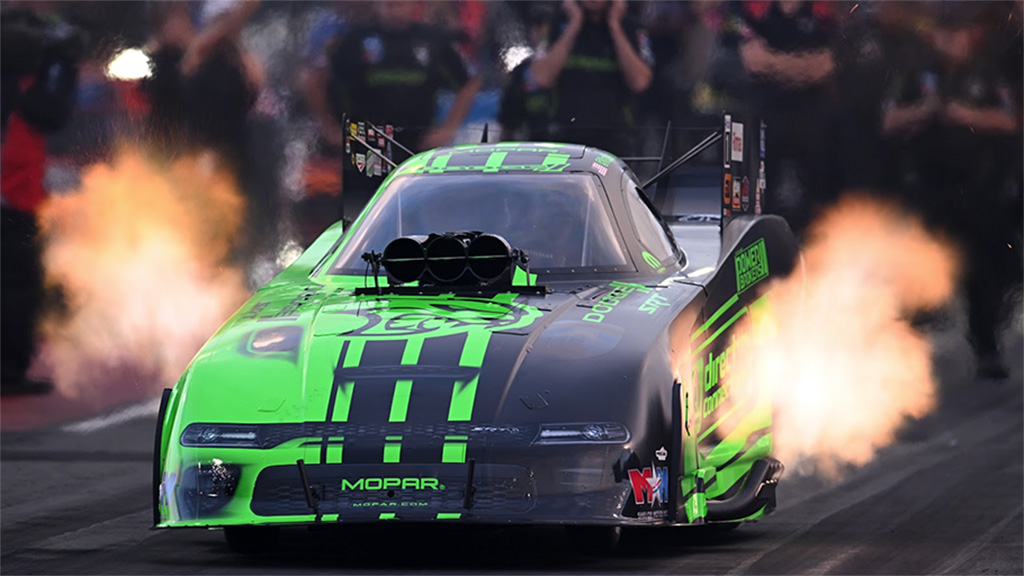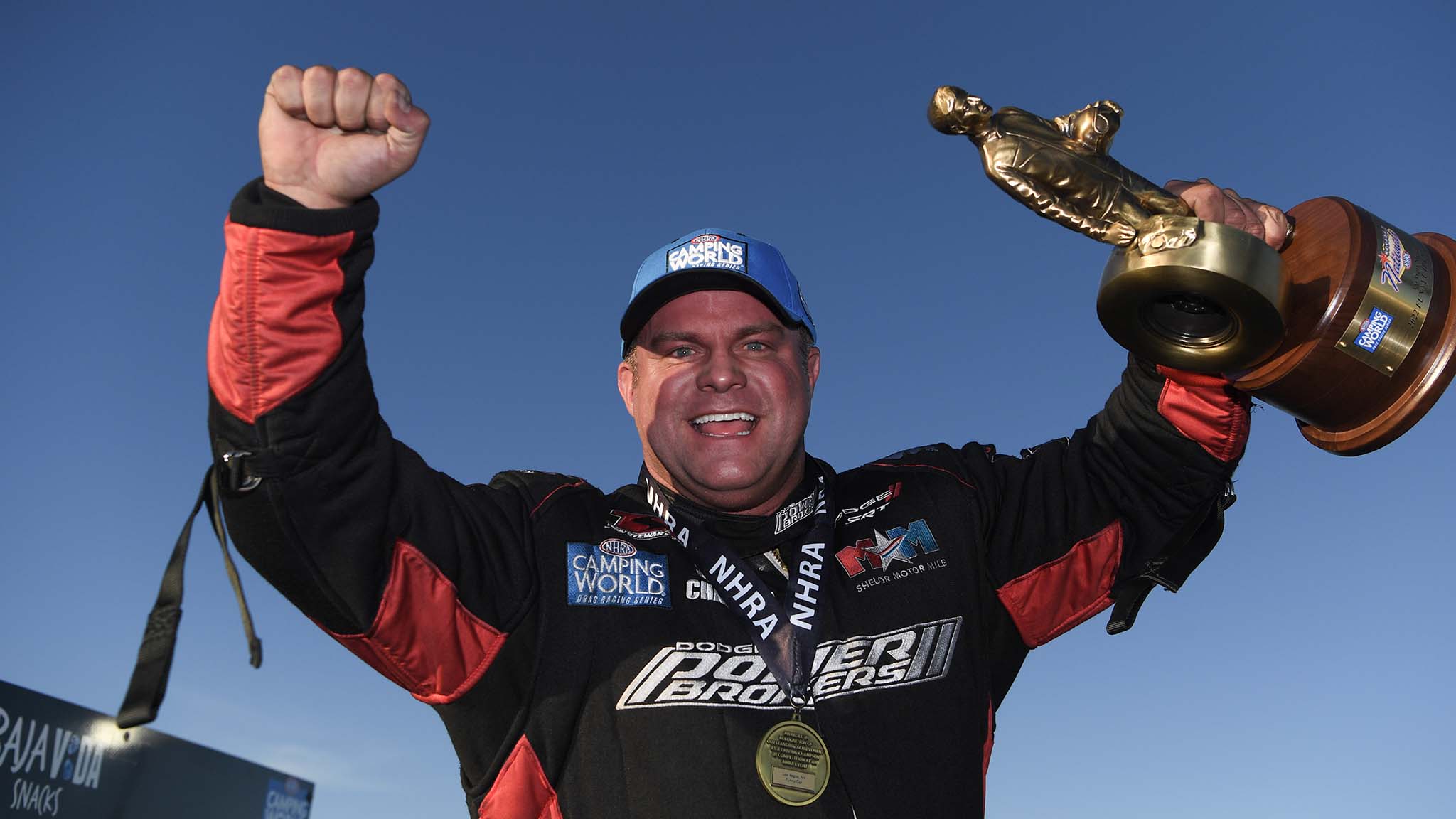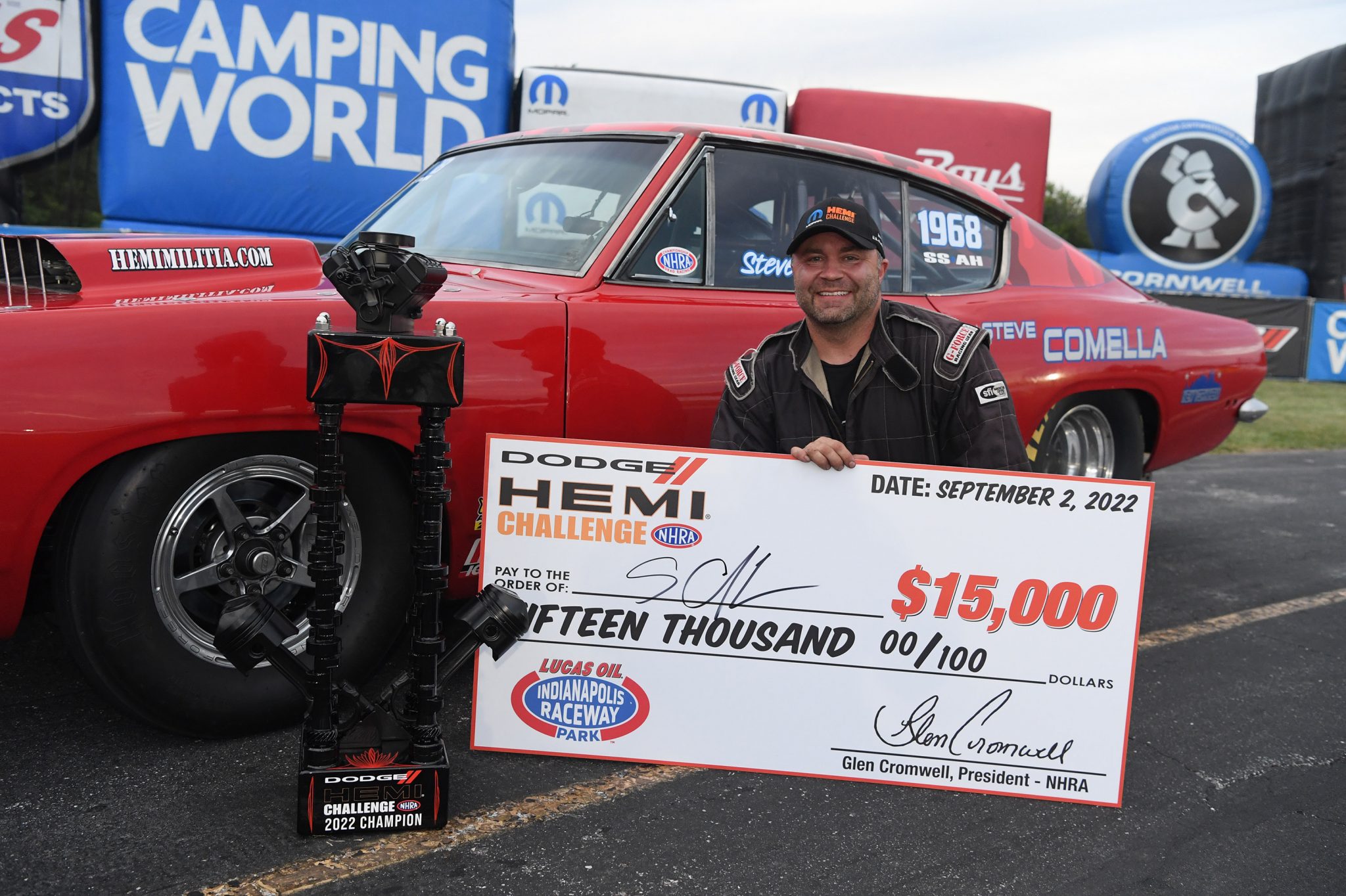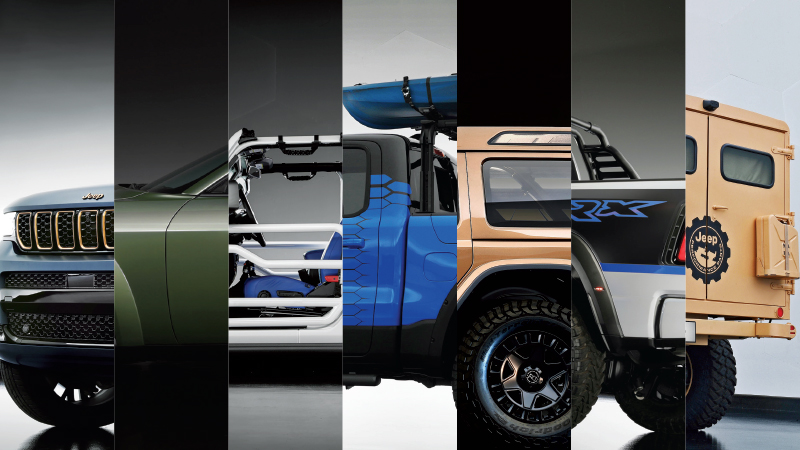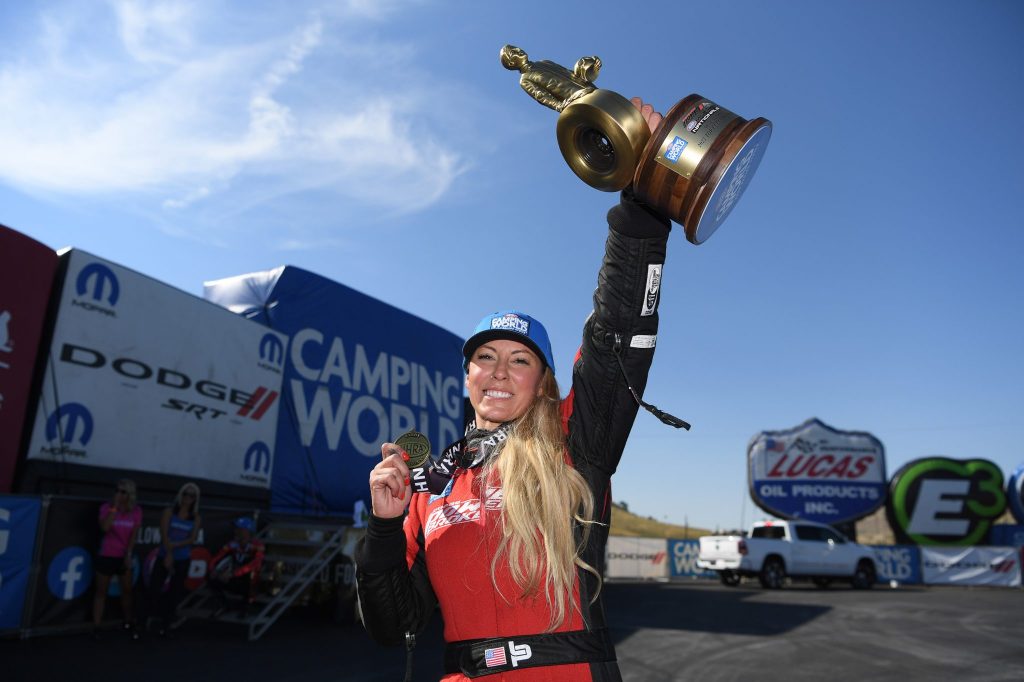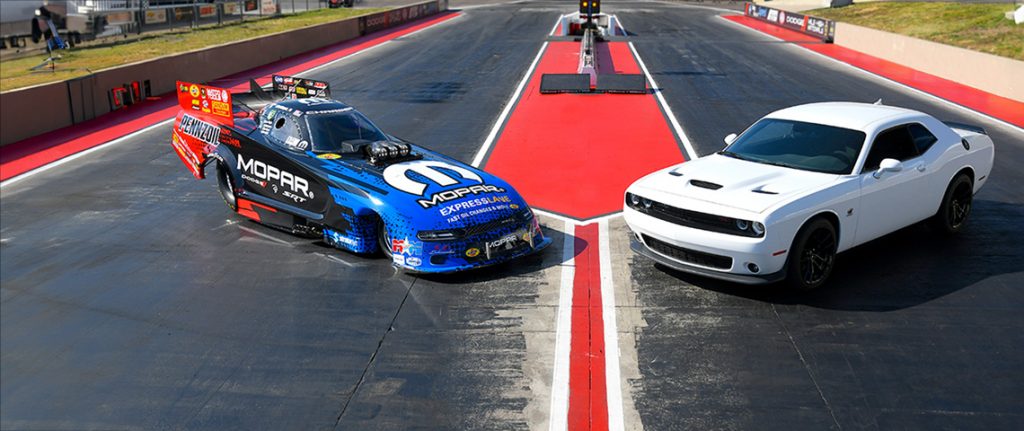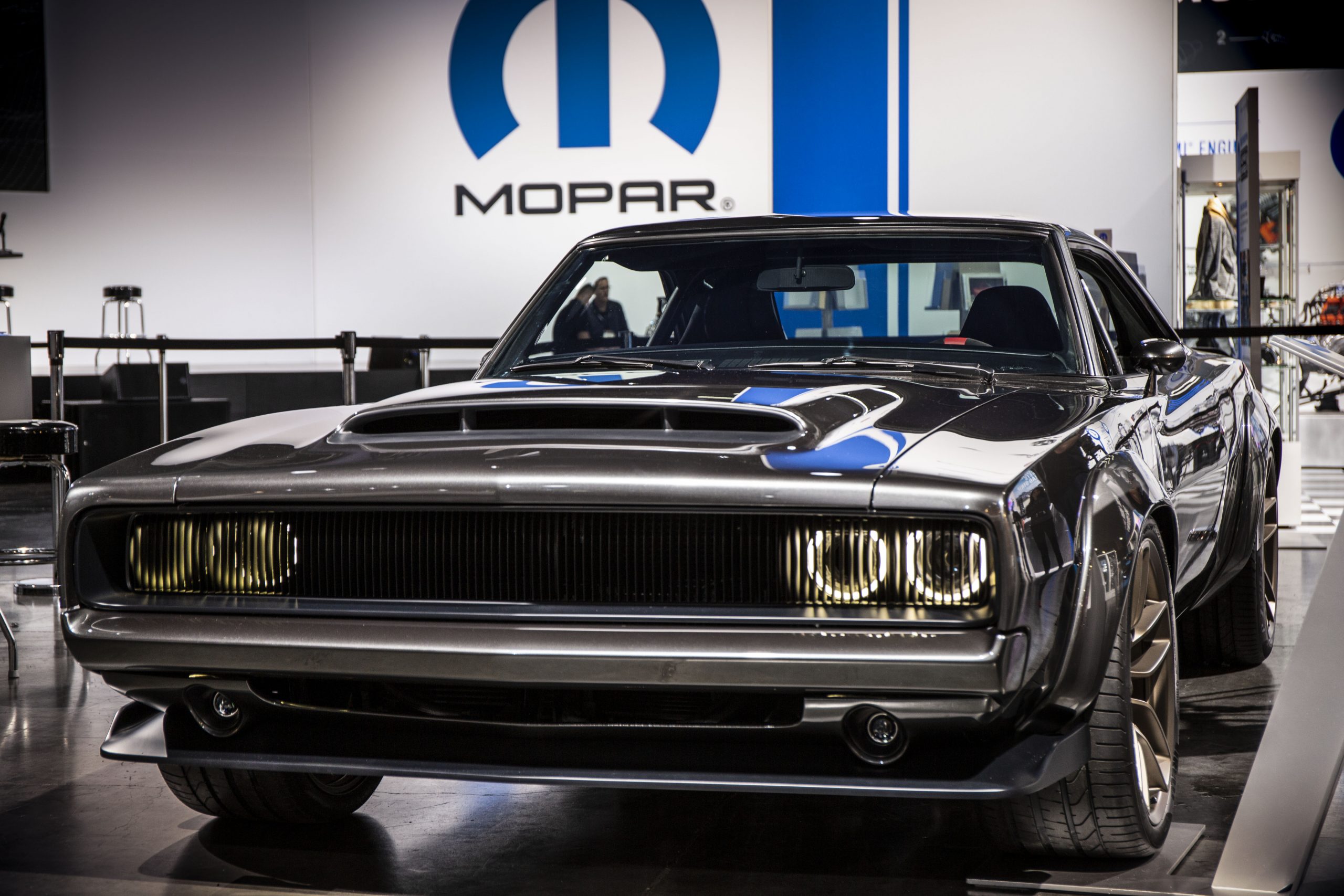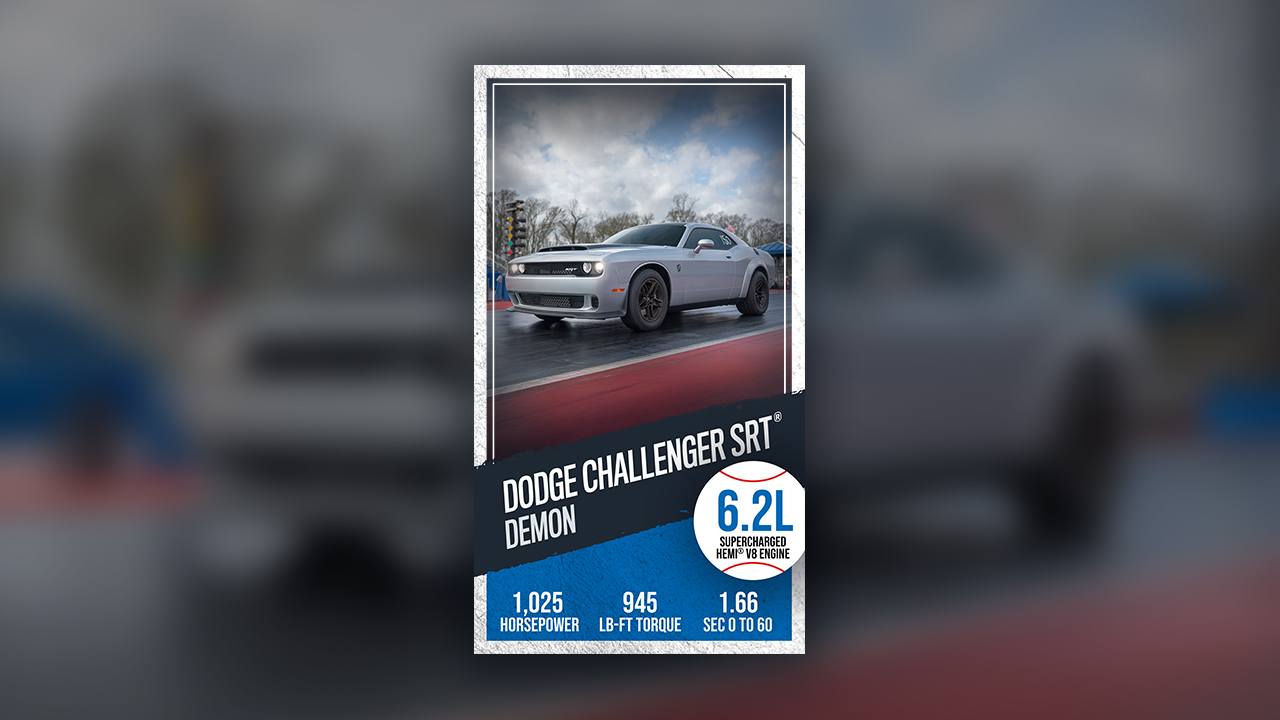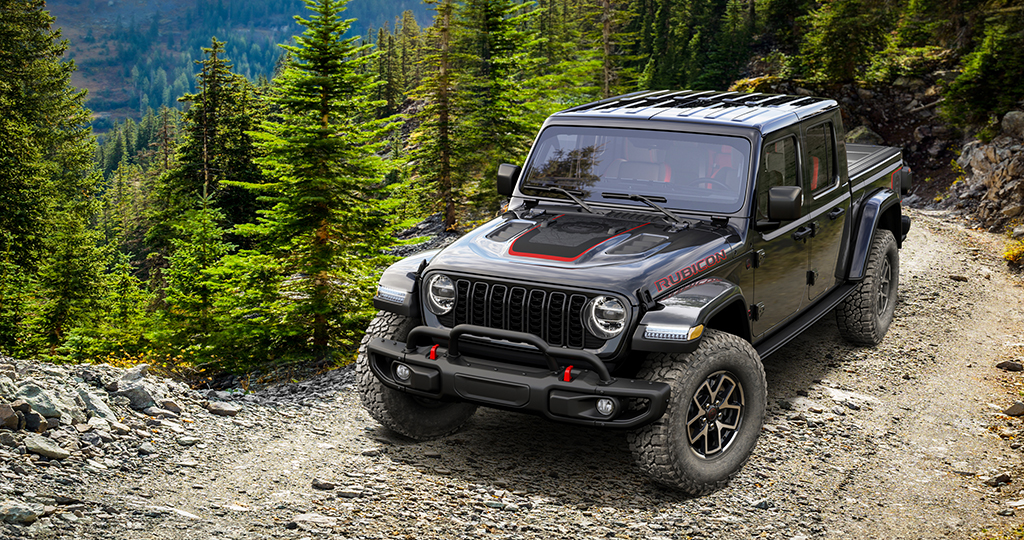Motorsports have been around for over a century, and today they continue to excite viewers with their fast-paced, thrilling action. From open-wheel formula racing to drag racing and stock-car racing, these events offerfans a wide variety of competitions to enjoy and participate in. Let’s go over what there is to know about motorsports—from the technicalities of wings, parachutes and nitrous oxide to race types and top Mopar® drivers.
A Quick History of Motorsports
Motorsports has a diverse history that spans over a century. It originated in the late 19th century when the first automobiles were invented. As people began to test the limits of these vehicles, informal races emerged.
In the early 20th century, motorsports gained popularity and organized racing events were established. Different disciplines and technological advancements emerged, such as supercharged engines and aerodynamic designs, pushing the boundaries of speed and performance.
These technologies have advanced even further over time, leading to powerful cars and entertaining races. Now, the three main motorsports race types are open-wheel formula racing, drag racing and stock-car racing.
Open-wheel formula racing showcases single-seater vehicles that have open wheels and open cockpits, providing maximum aerodynamic efficiency. Open-wheel formula racing vehicles are designed for high-speed cornering and maneuverability.
Drag racing is all about straight-line speed and acceleration. It involves two vehicles racing side by side on a straight track, covering a specific distance in the shortest time possible. Drag racing vehicles have powerful engines, specialized tires and aerodynamic enhancements to maximize speed and traction.
Stock racing features heavily modified production cars competing on oval tracks. These vehicles resemble their road-going counterparts, and the sport emphasizes close-quarters and high-speed competition, with drivers skillfully navigate turns and drift to gain an advantage.
The Technicalities: Parachutes, Wings and Other Tools
Motorsports technicalities can give drivers an edge on the track. Parachutes, wings, spoilers, nitrous oxide and traction control systems all have their individual uses and can help a car perform better when used correctly.
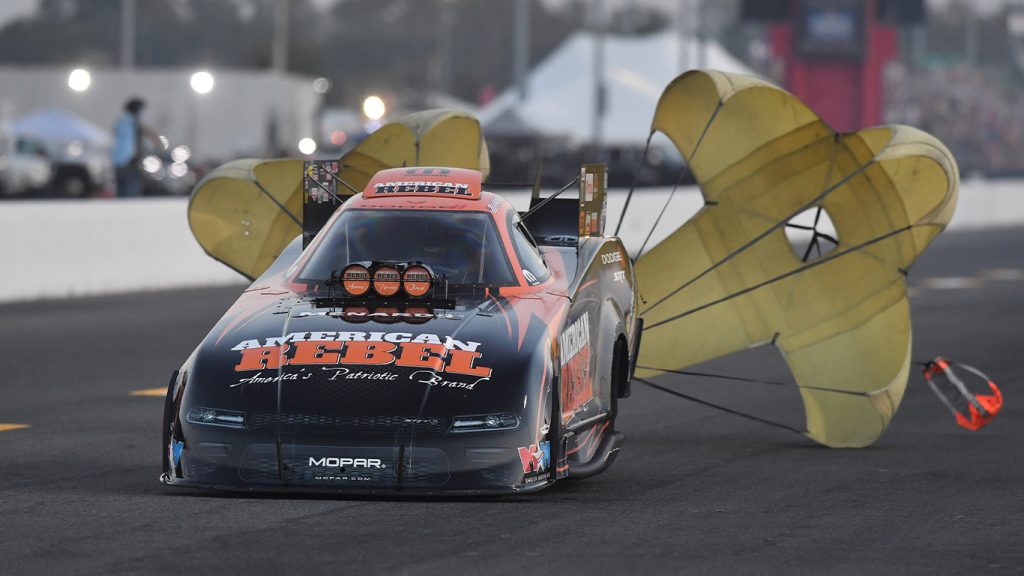
Some race cars, like drag racing cars, deploy parachutes to slow down from high speeds and act as an emergency brake system. The chute is attached to the back of the car and is opened with a cable or lever inside the cockpit. It increases drag at high speeds, allowing the driver to safely decelerate quickly.
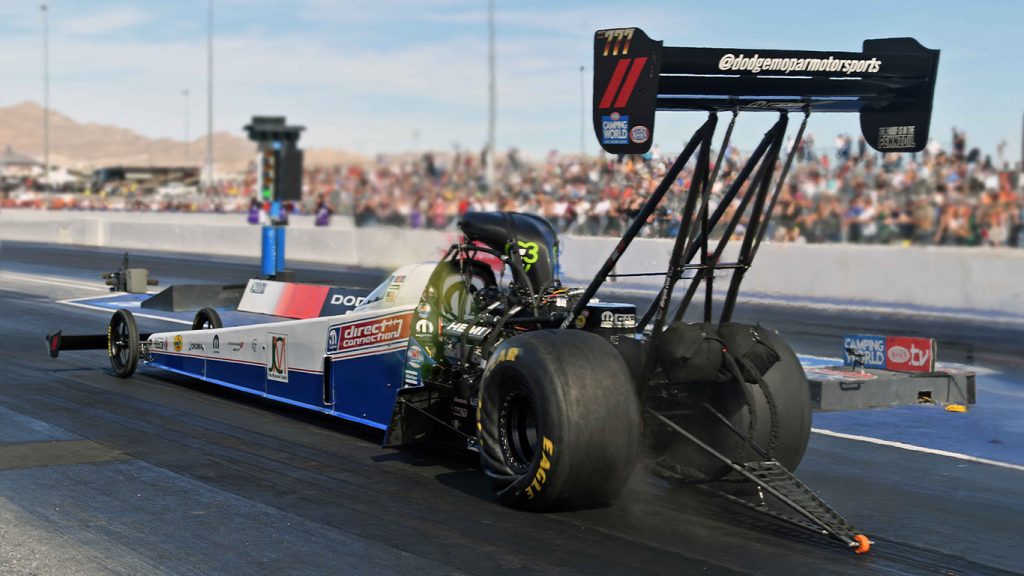
Wings are another important component for performance-oriented vehicles that open-wheel formula cars use. They work by creating downforce on the vehicle and pushing it into the ground to increase grip and tire contact. Wings help improve cornering speed as well as stability during acceleration and braking.
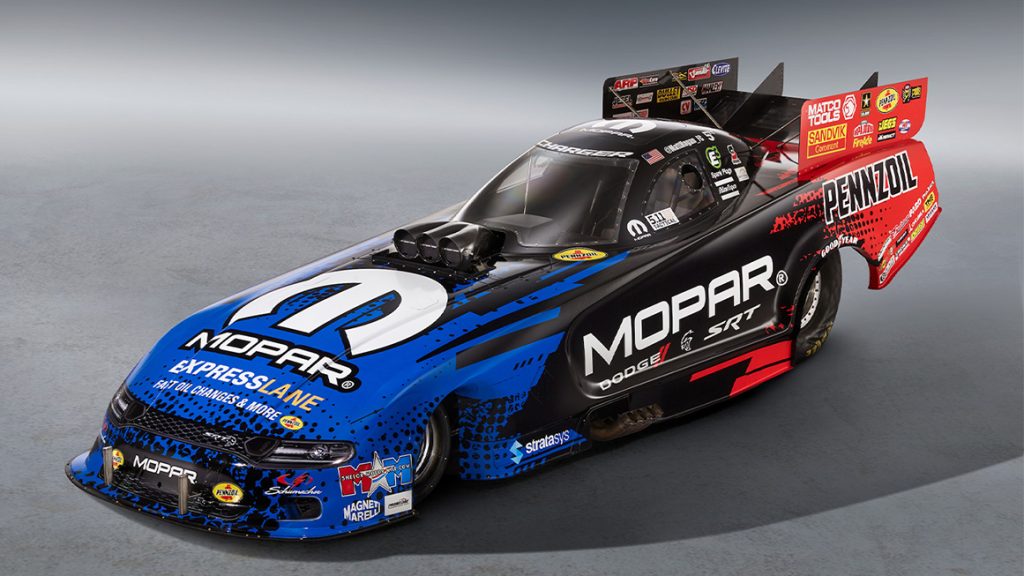
Spoilers are aerodynamic devices that make a car’s body stick better to the track surface. They also increase the car’s grip. Spoilers come in different shapes and sizes. Some provide more downforce depending on how they angle toward the airflow.
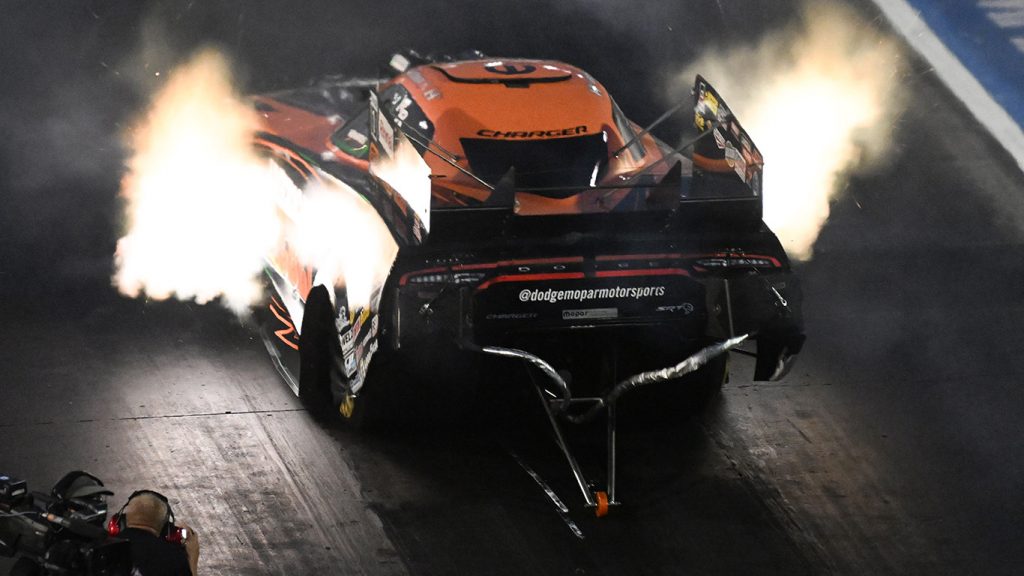
Nitrous oxide is an oxidizer used in combustion engines that increases engine power output when activated. Drivers simply press a button or pull a lever inside the cockpit to trigger it.
Finally, traction control systems adjust wheel spin to maintain speed during cornering or while accelerating out of corners using sensors around the car’s wheels. Traction control helps reduce oversteer/understeer.
Meet the Top Mopar® Drivers: Matt Hagan & Leah Pruett
Matt Hagan and Leah Pruett are two popular Dodge Mopar Motorsports affiliated drivers you’ll want to follow if you don’t already. With over 20 years of experience, these NHRA (National Hot Rod Association) drivers have pushed the limits of drag racing boundaries.
Matt Hagan is a four-time NHRA Funny Car champion who began his career at the age of 16. He has earned numerous championship titles throughout his career, including his first world title at the 2011 NHRA World Championship. In 2016, he became the first driver to break 300 mph in a nitro-powered car and holds multiple track records. Hagan drives his Tony Stewart Racing (TSR) Direct Connection Dodge Charger SRT® Hellcat Funny Car, maxing out at 710 horsepower.
Leah Pruett is another Dodge Mopar Motorsports driver who has made a name for herself on the track. She started Junior Dragsters at eight years old and started her professional career at age 24. Pruett has won several championships and has been named Female Racer of the Year four times throughout her career. Leah’s best elapsed time run is 3.631 seconds, and her best speed is 334.15 mph. She has competed in Top Fuel and has also raced full-time in the NHRA Factory Stock Showdown, winning the 2018 title in her Dodge.






